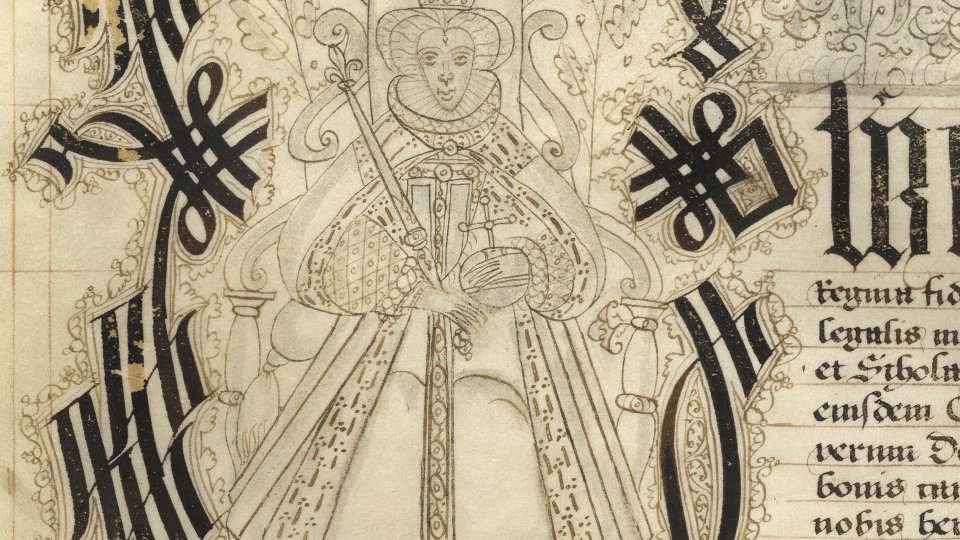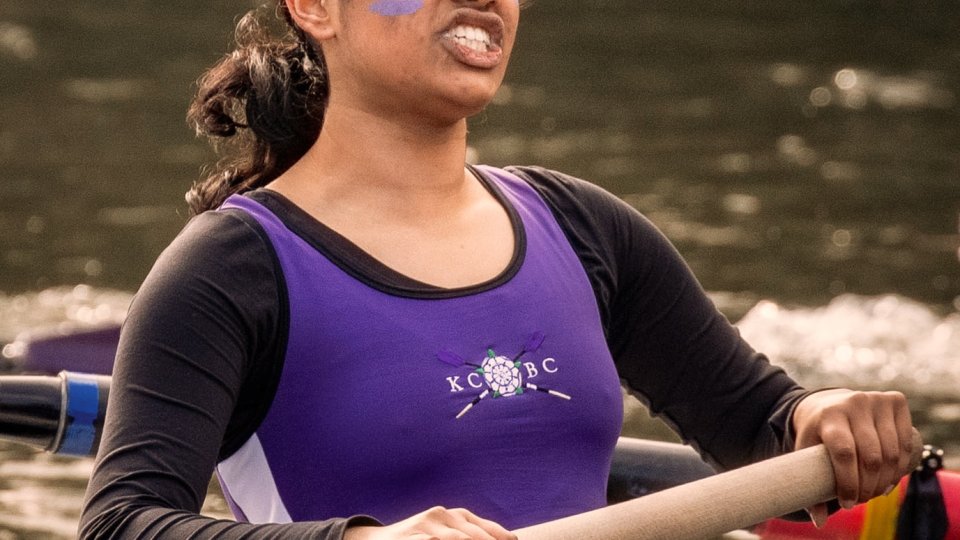This online exhibition describes the Amalgamation Club, with particular reference to certain of its component clubs which still thrive today, albeit in a different form.
To find out about current clubs and societies at King's College, visit our Societies and Activities pages (see link below).
The Amalgamation Club was founded in 1885. As its name suggests, it brought together several existing clubs, as well as one providing space for less athletic forms of recreation, to which I shall return later. The sporting clubs were:
- Athletics
- Boat
- Cricket
- Football
- Lacrosse
- Lawn Tennis
The reason for the coming together of these disparate groups is not clear but there were various benefits, as described below.
Single membership fee
Rather than pay for membership of individual clubs, students paid a single subscription fee. After taking an average of the expenses of each club, a terminal subscription of 30 shillings was determined.
Greater integration into College life
By increasing the communication between clubs, there must have been a greater sense of the clubs being an integral part of the College. One outward display of this was the wearing of caps, blazers and badges. On 23 January 1888, the Amalgamation Club decided that the Eight and the Cricket team should be allowed to wear badges on their coats and caps. The Association Football team could sport badges on their shirts and caps, and the Rugby Football team could don a velvet cap and tassel. The velvet cap and tassel can be seen in the picture, for example on the person second from the left in the second row. Rupert Brooke also appears, second from the right in the third row.
Management of shared resources
The various clubs within the College often had to share grounds so the Amalgamation Club’s committee were able to act as mediators in any disputes. In 1896, the Amalgamation Club’s Finance Committee discussed the condition of the cricket pitches and damage resulting from the playing of football matches there.
They also had to decide how to manage property shared with other colleges, not least those same cricket grounds, which were shared with Clare College. One important consequence of this was the planning of the new pavilion for those grounds, with the cost to be shared by both colleges, as proposed in a meeting on 10 December 1888.
It wasn’t only property which was shared with other colleges. In some cases, clubs comprised members from more than one college, for example the Athletics Club was partnered with the Third Trinity.
The Boat Club has far too rich a history to cover in significant depth here, so I shall pick a few significant moments which occurred during the time it was part of the Amalgamation Club.
At the beginning of the Amalgamation Club, in 1885, Alan England Brooke was Secretary of the Boat Club. At that time he was a student, however he went on to become Dean and even Provost of King’s College. The Amalgamation Club regularly oversaw the election of Boat Club officers, such as the election of G.E. Hale (Captain) and F.W. Frith (Hon. Secretary) on 10 October 1885.
The Amalgamation Club’s minutes record such ‘minor matters’ as the Boat Club’s use of a horse in Lent 1886, though no explanation is given!
On 8 November 1889, the Amalgamation Club allowed the Boat Club to spend 2/6d per week on an ‘errand-boy’, though it is not clear whether such an appointment was made and what his duties were.
The end of the nineteenth century was a period of great improvement for the Boat Club, in terms of results and also in terms of investment and facilities. In 1894, the Amalgamation Club successfully raised sufficient funds for them to purchase a site for a new Boat House.
Having secured the site, they appointed Messrs. Atkinson and Windley as its architects. Atkinson had already designed the Cricket Pavilion for the Amalgamation Club. At that year’s AGM, the success of the Boat Club was marked by the Amalgamation Club’s decision to offer the crew their oars.
The Amalgamation Club was not solely for sporting enthusiasts. In the form of a Reading Room, it also included what is perhaps the precursor to the Junior Common Room, which still thrives today.
This was not the kind of reading room which can now be found in libraries or archives. It was a space for recreation. There students could read magazines and journals. How it was decorated and what took place in there is hard to tell but there are certain clues in the Amalgamation Club’s minutes and accounts:
- We know that the first secretary of the Reading Room was C.R. Ashbee, who is associated with the Arts and Crafts movement. On 27 July 1885, the Combination Club committee asked him to consult somebody named Shoolbred regarding the furnishing of the room.
- After one or two initial meetings, the Amalgamation Club’s meetings were regularly held in the Reading Room.
- For a fee, students could join the Reading Room without paying a full subscription to the Amalgamation Club. This would have suited those among the Kingsmen who were less sporty!
- In the October term 1887, it was agreed that missing magazines could be replaced and the whole bound. This suggests that some of the magazines may have been ‘borrowed’.
- On 12 March 1888, the Reading Room Secretary requested an additional settee and curtains, the former suggesting that the furnishing was intended for comfort.
- On 9 March 1895, it was decided that the Honorary Secretary of the Amalgamation Club would write to the College concerning the inadequacy of the existing Reading Room. On 3 June 1895, it was minuted that the rooms and passage on the East side of the existing Reading Room would be taken in so that it was extended to 40ft by 18ft. In the same meeting, the provision of additional lighting was discussed.
- This may have been linked to a change in the way the space was perceived, for by that time it was referred to as either the Reading Room or the ‘Undergraduate Combination Room’.
- We know that Mr W.M. Fawcett was commissioned for the enlargement of the former Lecture Room so that it could be used as a Reading Room. Unfortunately we don’t have the sketch or final drawings.
- The Reading Room accounts give an impression of what the room was like and how it was used. For example, the 1925 accounts suggest that the room had a fireplace, by which students could read newspapers. They also show that an attendant was employed there.

